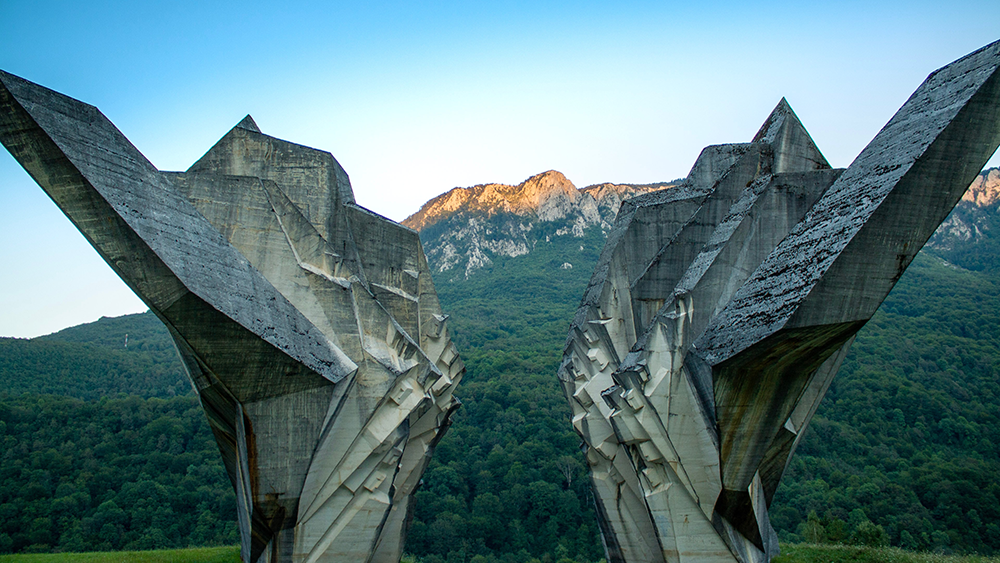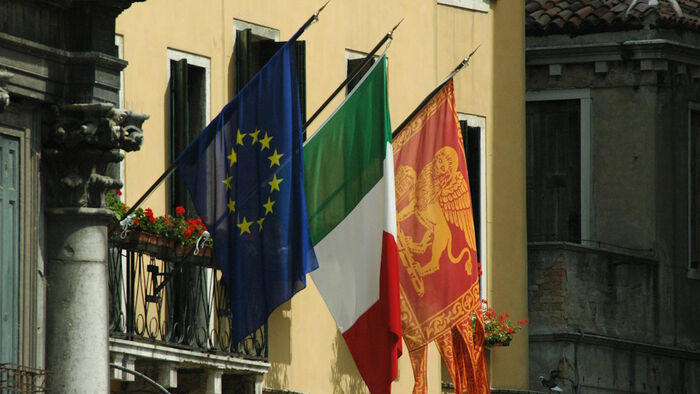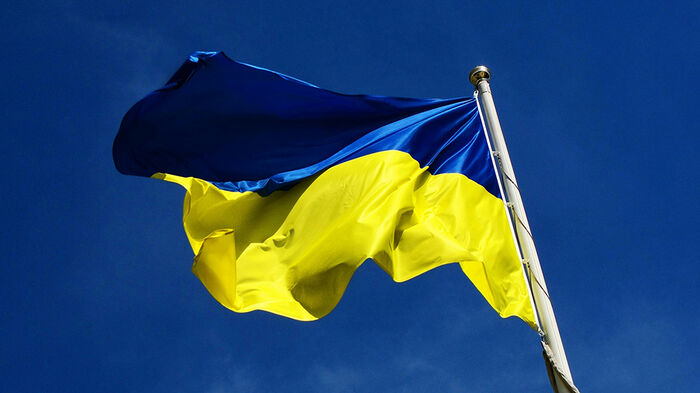The 31st of May this year marked thirty years since the non-Serb population of the Bosnian municipality Prijedor were given white armbands and ordered to mark their homes with white sheets. The armbands and markings served to target the non-Serb population for internment, abuse, and mass murder, which ultimately claimed the lives of 3176 people, 102 of whom were children. Most of the victims were Bosniaks, but among those killed were also many Croats, as well as Serbs who protested against the atrocities of the Bosnian Serb nationalists.
Historical background
The historical and political background of the war in Bosnia (1992-1995) is succinctly presented by historian Marko Atilla Hoare in an article published in Studies in Ethnicity and Nationalism entitled “Towards an Explanation for the Bosnian Genocide of 1992-1995”. The immediate context of the war in Bosnia was the gradual dissolution of the Socialist Federal Republic of Yugoslavia in the early 1990s, which prompted the political and military leadership in Serbia to plan and organize a military campaign to obtain and consolidate territories in Bosnia. In practice, this primarily involved arming, and otherwise supporting, the Bosnian Serb political and military enterprises, namely the self-proclaimed polity Republika Srpska, and its military arm the Army of Republika Srpska. For Hoare, the political and military campaign that was pursued by the Bosnian Serbs between 1992 and 1995 amounts to a genocide against non-Serbs which “followed a consistent pattern across Bosnia-Hercegovina, involving the systematic, organized killing and expulsion of the non-Serb population from Serb-held areas; the establishment of concentration camps; the destruction of non-Serb cultural-religious heritage; the siege of the capital Sarajevo; the destruction of central organs of Bosnian statehood; and the establishment of a new Bosnian Serb ‘state’ from which all traces of the Muslim and Croat presence were expunged”. Republika Srpska was de jure legitimized by the Dayton peace agreement in 1995, and is today one of the two entities that make up Bosnia-Herzegovina. Its war-time president, Radovan Karadzić, is serving a life sentence for genocide. So is, among others, his foremost general during the war, Ratko Mladić. However, all genocide convictions by the International Criminal Tribunal for the former Yugoslavia are tied to the systematic killing of over 8000 Bosniaks in Srebrenica in July of 1995, not to the warring campaign as a whole. In places like Prijedor this has meant that the segments of the population that have wanted to commemorate the atrocities have been fighting an uphill battle against local authorities to recognize what happened to the non-Serb population during the war. For Bosnians abroad, it means that no one has ever heard of what happened in Prijedor.
The commemoration
This year was the first time that the White Armband Day was commemorated at the Holocaust Center in Oslo, where Øyvind Kopperud opened with a speech stressing the importance of never forgetting. However, the testimonies given by two survivors from Prijedor made the biggest impression. One of the survivors was Jusuf Arifagić, who is today running dairy farms in Bosnia with Norwegian cattle. He shared his experiences from the concentration camps Omarska and Keraterm where “every day felt like an eternity”. One night he witnessed the massacre of 190 prisoners with a heavy machine gun. The next morning he was forced to help collect the mutilated corpses and load them onto trucks for transportation to mass graves.
The commemoration at the Holocaust center was held in Bosnian, as requested by the two survivors. They talked about a permanent sense of duty to share their stories, in order to ensure that the atrocities were not forgotten, in order for their murdered loved ones not to be forgotten, in order for it to never happen again. Many of us in the Bosnian diaspora share a similar sense of duty. It is such a sense of duty that motivated an initiative from the Bosnian community in Oslo, led by the Bosnia-Herzegovina Federation in Norway (Bosnia-Hercegovina-Forbundet), to organize an annual commemoration of White Armband Day with the Holocaust Center , in addition to the annual commemoration of the genocide in Srebrenica that started last year. Perhaps part of this sense of duty comes from the realization that our generation is capable of institutionalizing education about and remembrance of the Bosnian genocide within the societies and nations that we now belong to. It is also increasingly clear that such an endeavor is not simply a Bosnian endeavor, but also a European one.
Imaginaries of the Balkans
What happened in Bosnia and other places in the Balkans affected by the dissolution of Yugoslavia has been something that predominantly concerns those of us who are from the Balkans. It has been a story about what happened over there, and a story that has remained over there. This line of thinking is related to what historian Maria Todorova has termed Balkanism: an imaginary of the Balkans as an “other” within Europe. The understanding of the Balkans as uncivilized became commonplace in Western intellectual and political discourses at the turn of the 20th Century, when Ottoman rule in the region was replaced by independent nation-states. While Europe symbolized “cleanliness, order, self-control, strength of character, sense of law, justice, and efficient administration”, the countries in the Balkans symbolized the opposite: “cruelty, boorishness, instability, and unpredictability”. This imaginary was re-actualized in the 1990s, as the West was set back by the cruelty of the wars in Croatia and Bosnia. This coincided with Samuel Huntington’s thesis of the “Clash of civilizations”, which was also applied to the dissolution of Yugoslavia: where the borders of Western Christianity, Eastern Christianity, and Islam intersected, or rather, for Huntington, clashed.
Both of these imaginaries, the Balkans as the opposite of Europe, and the Balkans as a place where incompatible civilizations are involved in an eternal struggle, still remain. However, I would claim that the Russian invasion of Ukraine has opened up a space for this to change. In some sense, the “civilizational divide” that is implied by both Balkanism and theories of “civilizational fault lines” has been challenged by the “uncivilized” behavior in Europe’s own “backyard”. One of the most shared photos from Bucha shows a dead civilian with his hands tied behind his back. The fact that his hands are tied with a white band is not just a visual link to Prijedor, but also a symbolic one that speaks of the ever-present danger of the systematic targeting of “others”, even when the presumed necessary preconditions for such atrocities appear absent. It is a symbol that shatters the myth of the necessity of civilizatonal fault lines” and centuries of ethnic hatred for such atrocities to happen, and reveals that a simple order from those in power is sufficient – there will always be somebody willing to comply. This is not an argument against the established finding in genocide studies that dehumanization is a common precursor to killing campaigns, which is also thoroughly documented in the case of Bosnia. Rather, it points out that dehumanization can happen anywhere, and fast – even in Europe.
The day before the commemoration of White Armband Day in Prijedor this year, two thousand local Serbs gathered to commemorate the thirty-year anniversary of the “defense of the city”. That same day the police administration announced that it would not allow the traditional march to the square for the commemoration of White Armband Day. This was supposedly due to “security reasons” related to the celebration of Hungarian prime minister Viktor Orbán’s birthday in the city, which was scheduled at the same time as the commemoration.
On May 31st no one actually showed up to celebrate Orbán. On the square, hundreds of people were gathered to commemorate the atrocities that began in May 1992 - Bosniaks, Croats, and Serbs. One sign read: “It is not Serbian to silence 3176 lives”. Such voices are easily drowned out by the rhetoric of ethnically determined destinies and projects in Bosnia, such as recent calls from the Bosnian Serb leader, Milorad Dodik, that Republika Srpska is waiting for “appropriate global circumstances” to secede from Bosnia. This statement came only a week and a half after his meeting with Vladimir Putin at the St. Petersburg International Economic Forum, where Putin allegedly told Dodik “[w]e are not leaving our friends”. For the time being, the Bosnian project is still alive, despite the odds. So is the Ukrainian project. A precondition for the realization of both is a unified and determined Europe. In the case of Bosnia, this means a clear response to all calls and actions that threaten the sovereignty of the country, and with that the security of its citizens.
White Armband Day stands testament for the importance of the present moment.
.jpg)




